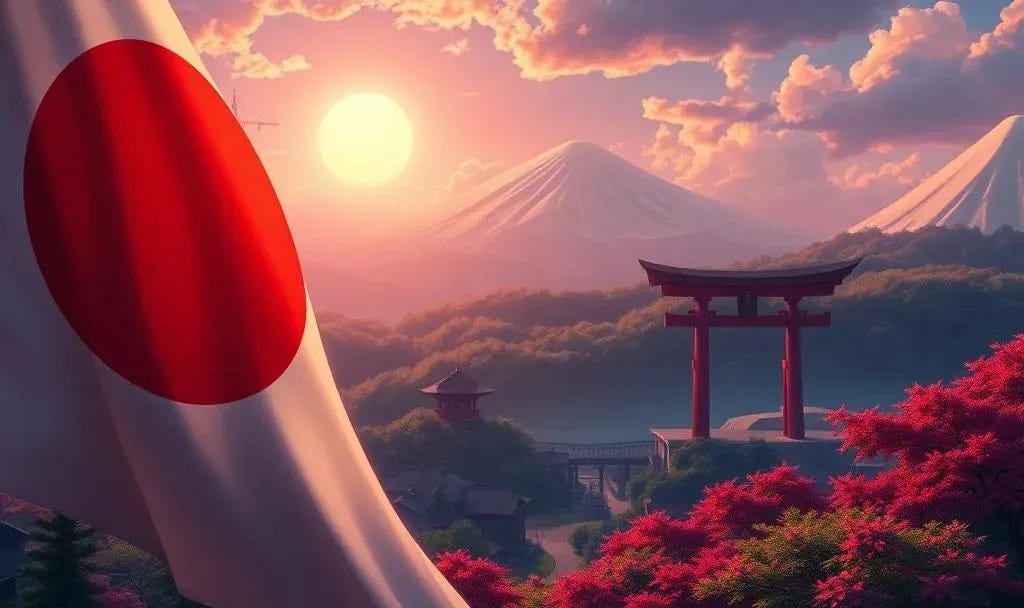The epitome of youkai, and the height of their culture is the hyakki yakou, or hyakki yagyou (百鬼夜行). Translated as “the night parade of one hundred demons,” or sometimes referred to as “the pandemonium parade,” it more literally means “a hundred demon night going.” It is a sight to see to be sure, should one be lucky (or unlucky?) enough to witness the phenomena.
On certain nights of the year, youkai are said to gather and march through the towns and cities throughout Japan. With little rhyme or reason, human sense or order, they flood the streets with pure pandemonium, leaving humans to gawk. On what nights the hyakki yakou sets out vary. There may be a correlation with the Chinese zodiac, or perhaps the weather as the Pandemonium is often seen on foggy nights, but it may all come down to the random whims of the youkai.
Repercussions of stumbling upon the Parade also vary. Some say that the hyakki yakou is such sheer concentrated pandemonium, it’s impossible for the human mind to even comprehend, and is processed by the brain as simple fog. Others say this level of pandemonium will cause madness. There’s also the risk of being killed by the youkai or spirited away.
Despite these risks, artists as far back as the Heian era (794-1185 CE) have sought to capture the Pandemonium for the human audience in emaki (picture scrolls—and world’s first manga/comics) and later ukiyo-e (wood block prints). What is the fascination with this demonic procession, considering the dire consequences?
As with the psychological aspect of youkai as a whole, it comes down to the human need to take the unknown and make it known. “Fear” and “respect” meld together and transcend into “wonder and awe.” Once something is understood, it’s not as scary. What is more, it can even become comedic. Though demons are terrifying creatures, the idea of such beings romping about helter skelter is laughable.
In this sense, the hyakki yakou is little different than the Western Halloween. Traditionally, Hallows’ Eve was thought to be the night ghosts and evil spirits walked the earth. Humans dressed up as said spooks in order to blend in amongst them, fooling the evil spirits, and thus evading their misfortune and mischief. But there is also a mocking aspect to this act: “See! I can do it too. You’re not so special. (So, what am I afraid of?).”
Like the thrill in watching horror movies, humans harness that fear installed in them by this unknown and redirect it for their own amusement. It’s not so much a threat, but a dare to challenge—which then grants humans a degree of control over a once impossible situation. Once one is familiarized with something, the intimidation is lost. New aspects can be explored.
Tricks can be viewed as treats, from certain perspectives. The light of wandering souls become glowing Jack-o’-lanterns to admire; grotesque monsters become fun costumes and play; pandemonium to be avoided with terror is in actuality a parade to flock to with joy.
Happy Haunting!





Sounds like the whole concept of Halloween is universal!
Outstanding Dori